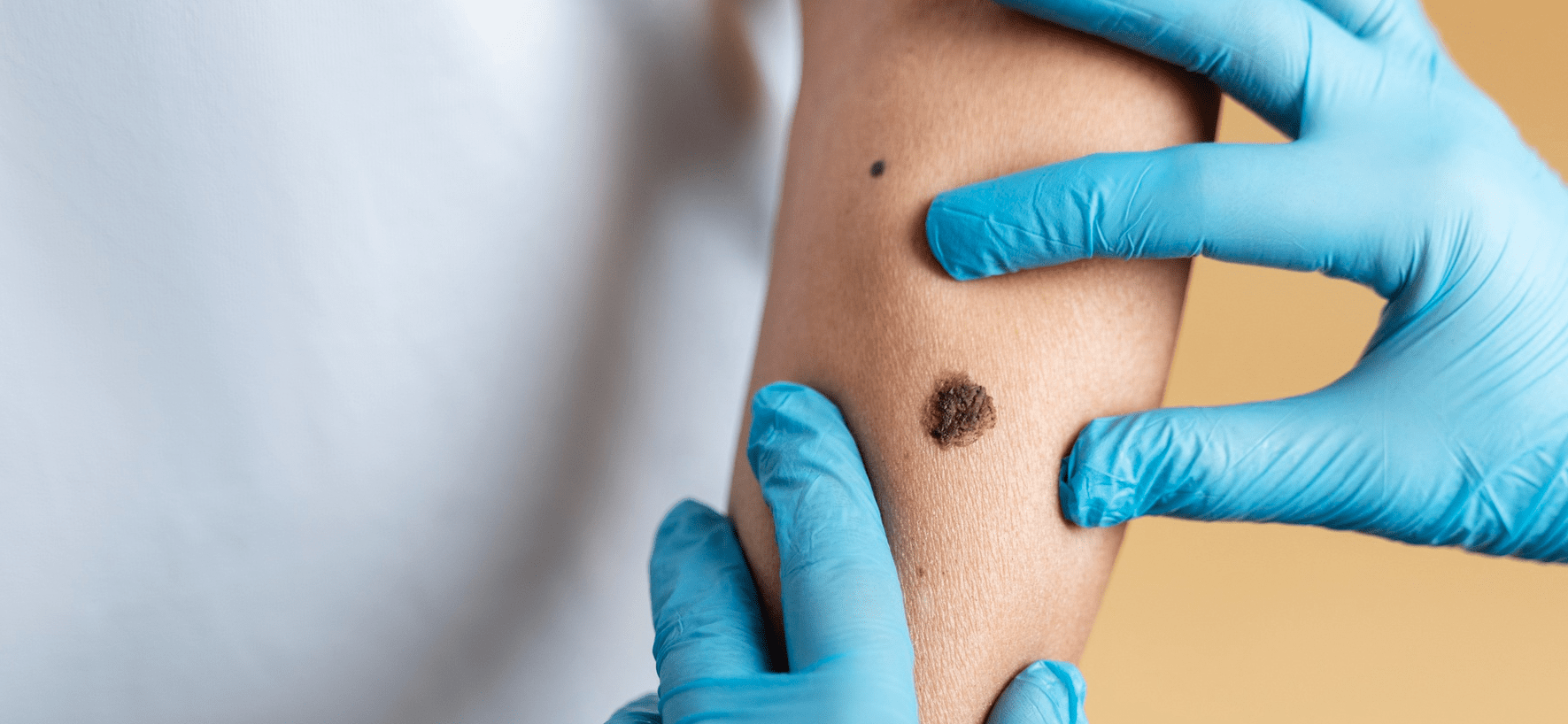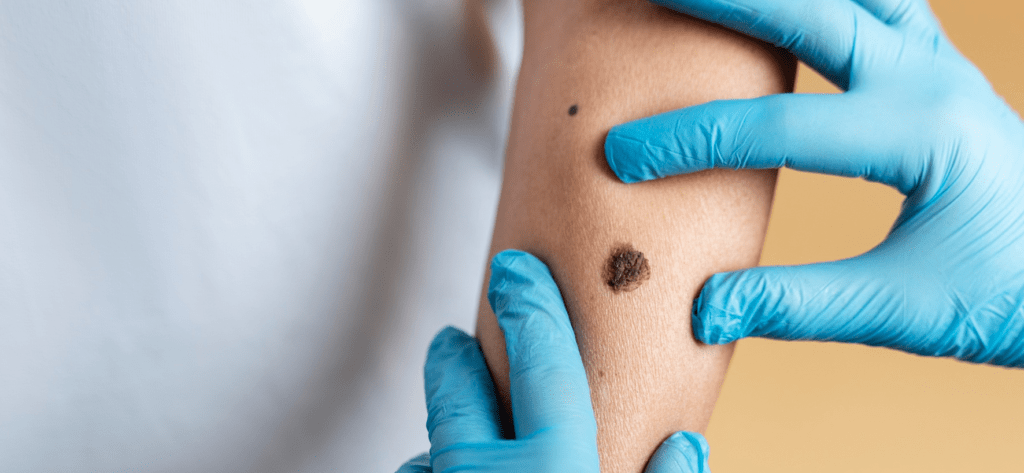
Lyme disease is a rapidly expanding public health concern that impacts thousands of people worldwide and is not just another bacterial infection. If treatment is not received, this tick-borne illness, which is frequently misdiagnosed or written off as flu-like symptoms, can develop into a crippling, chronic illness. Ticks are the ideal covert carriers of Borrelia bacteria, spreading the infection to unwary people who might not even notice the bite. They are as tiny as poppy seeds. But there can be very serious repercussions, from joint pain and chronic fatigue to neurological problems.

| Lyme Disease Information | Details |
|---|---|
| Definition | A bacterial infection transmitted through the bite of an infected blacklegged tick |
| Caused By | Borrelia burgdorferi bacteria (and Borrelia mayonii in some cases) |
| Common Symptoms | Fever, fatigue, joint pain, headaches, rash, neurological issues |
| High-Risk Areas | Northeast U.S., Midwest, Canada, Europe |
| Stages of Lyme Disease | Early localized (rash, fever), early disseminated (joint pain, heart issues), late stage (arthritis, neurological damage) |
| Diagnosis | Blood tests, clinical symptoms, history of tick exposure |
| Treatment Options | Antibiotics (doxycycline, amoxicillin, cefuroxime), symptom management |
| Complications | Chronic pain, Lyme arthritis, neurological damage, heart problems |
| Prevention Methods | Tick repellents, protective clothing, early tick removal |
| Reference | Mayo Clinic – Lyme Disease |
Cases of Lyme disease have significantly increased over the last ten years, a trend that epidemiologists attribute to both increased tick habitats and climate change. Because of milder winters and warming temperatures worldwide, ticks can now flourish in places where Lyme disease was previously unknown. Hikers, campers, and even suburbanites who love the outdoors are now at much greater risk as a result of this change.
Celebrities’ well-known battles with Lyme disease have elevated the illness to a public conversation. When pop sensation Justin Bieber disclosed that he had been diagnosed with Lyme disease, he shocked his fans by claiming that his inexplicable fatigue, skin problems, and mental fog were all signs of the illness. Supermodel Bella Hadid has been candid about her struggle with chronic Lyme disease, detailing how it has affected her energy levels and career. Similarly, it took Avril Lavigne years of incorrect diagnoses before she realized that her flu-like symptoms and chronic fatigue were not solely stress-related. Their accounts have illuminated the prevalence of Lyme disease going undiagnosed, especially in those who do not exhibit the characteristic bull’s-eye rash.
Lyme disease’s capacity to mimic other illnesses is among its most difficult features. Patients with chronic fatigue, cognitive impairment, or persistent joint pain are frequently misdiagnosed as having fibromyalgia or lupus, two autoimmune diseases. Sometimes people confuse Lyme with depression or multiple sclerosis, which causes months or even years to pass before getting the right treatment. In the absence of prompt action, the bacteria have the potential to deeply penetrate tissues, impacting the heart, joints, and nervous system.
Doctors stress the importance of early detection. The best course of treatment is still antibiotics, usually doxycycline, which works incredibly well in the early stages. But in situations where Lyme disease has progressed past the original site of infection, more intensive care—such as intravenous antibiotics and long-term symptom management techniques—may be required.
A contentious discussion about chronic Lyme disease persists despite medical progress. Brain fog, muscle soreness, and extreme fatigue are among the lingering symptoms that some people who have finished standard antibiotic treatment report. The classification of Post-Treatment Lyme Disease Syndrome (PTLDS), a condition that is still poorly understood, is the result of this. Some researchers contend that lingering symptoms are caused by residual inflammation rather than an active infection, while others think Lyme bacteria can conceal themselves inside the body and avoid being treated with antibiotics.
Because of this uncertainty, some patients are turning to alternative therapies like hyperbaric oxygen therapy, intravenous vitamin infusions, and herbal protocols. Although there is debate in traditional medicine regarding these techniques, some people assert notable progress. Because of this, the community surrounding Lyme disease is still split, with some calling for more investigation into the mechanisms underlying chronic infections and others pushing for improved diagnostic instruments to avoid misdiagnosis altogether.
With scientists developing novel remedies, such as a possible vaccine to prevent Lyme disease, there is hope for the future. Prior to this, the late 1990s vaccine LYMErix was taken off the market because of poor demand and public worries about adverse effects. As public awareness and the number of Lyme cases rise, scientists are reexamining vaccine development in an effort to provide high-risk individuals with a safer and more effective option.
Beyond improvements in medicine, Lyme disease’s economic impact is a critical concern. Long-term symptom sufferers frequently experience emotional distress, missed work, and expensive medical bills as a result of their ongoing health struggles. This has prompted advocacy organizations to demand increased physician education, government-funded research, and improved insurance coverage in order to guarantee early detection and intervention.
Prevention is still the best defense for anyone who spends time outside. One can greatly lower the risk of infection by wearing protective clothing, applying tick repellents, and thoroughly checking for ticks after gardening or hiking. Additionally, bacteria cannot enter the bloodstream if ticks are removed quickly and properly. To do this, use fine-tipped tweezers to grasp the tick near the skin and pull it straight out.

